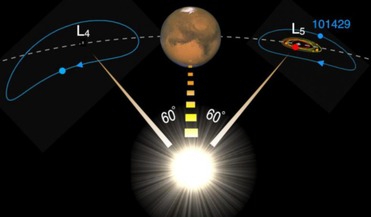 06 November 2020
The Moon could have a long-lost "twin" in orbit around Mars
06 November 2020
The Moon could have a long-lost "twin" in orbit around Mars
...family. Eureka family members contain lots of olivine; a magnesium-iron silicate mineral that is common in Earth's subsurface. That ... ranges from pure magnesium silicate (MgSiO3) to pure ferrous iron silicate (FeSiO3) – and has more in common with ...
 July 2014
Is there a space race or are India and China just coming of age?
July 2014
Is there a space race or are India and China just coming of age?
... shows the brightness of the surface as measured by reflected infrared radiation from the sun and red shows an iron-bearing mineral called pyroxene Real research - and political benefits South Korea has made some inroads...
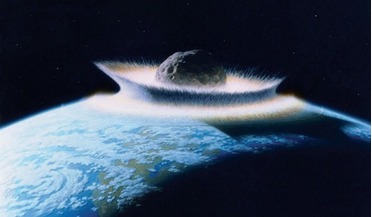 July 2014
Preventing catastrophic impact
July 2014
Preventing catastrophic impact
... some 1.3km across and is 170 metres deep. It was formed around 50,000 years ago by an asteroid made of iron and nickel, which was about 40-60 metres in size and weighed around 300,000 tons. The Tunguska...
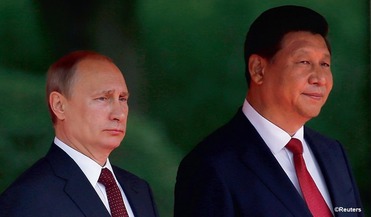 December 2014
A door closes
December 2014
A door closes
.... The US might remain the pre-eminent power. But if the US has a strategic competitor today, it is a rising China. Ironically, the very fact that a repeat of the Cold War is impossible accelerates the deterioration in relations. It is precisely the...
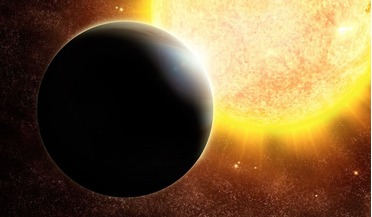 February 2016
How to Build Planets
February 2016
How to Build Planets
... dust grains, that include components such as graphite, polycyclic aromatic hydrocarbons (PAHs) and magnesium (Mg)-rich and iron (Fe)-poor crystalline silicates, in particular forsterite and enstatite. Because the abundance of these species, relative...
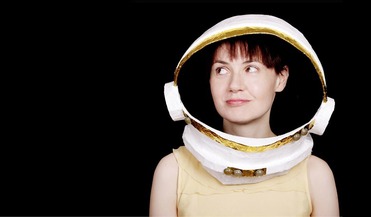 March 2016
Space Oddities: The Problem with Imagination
March 2016
Space Oddities: The Problem with Imagination
... with grabbing the lead and reaching another milestone in the Space Race. Looking back, it is perhaps somewhat ironic that the USSR succeeded in beating the US in this aspect of space exploration - while the US didn’t think this...